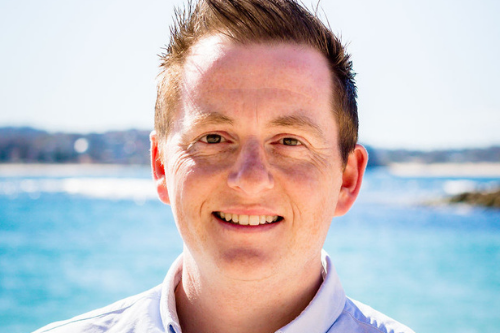

Northern Beaches house prices are rising by over $10,000 a week, according to one local real estate expert, making the Sydney region one of the best places to invest in property in Australia.
Strand Property Group, a buyer’s agency based in Frenchs Forest, charted that the median property price in the Northern Beaches has risen 15.1% in just 6 months, resulting in $290,000 being added to the price of houses in that time period.
Michael Ossitt, director of Strand, said that the lifestyle attractions of the Northern Beaches were even more popular now that commuting to the CBD was no longer required for a large portion of the Sydney workforce.
“It’s a always been a highly desirable area, even before the pandemic,” he said. “It attracts a lot of people who want to be close to lifestyle features, such as the bush and the beach, as well as places like Manly and all the amenities that come with that.”
“But what we’ve found is a huge shift in the last 18 months, where people are spending more time at home, and have made the decision to live in a more desirable location.”
“We’ve seen people come from out of area to buy or to rent on the Northern Beaches, in particular from the Eastern Suburbs, because while they have beaches there, the properties are generally bigger up here. We’ve also seen a lot of Inner West, and of course, there’s a higher demand than there are properties for sale.”
For property investors, the low vacancy rate on the Northern Beaches, allied to the liveability factor, has made buying a property in Manly, Narrabeen and other suburbs a great proposition.
“The vacancy rate across the whole of Sydney rose last year and has tightened since, but there’s still hotspots in the city that have higher rates, where there’s student accommodation and inner city accommodation,” said Ossitt. “But apartments and houses on the Northern Beaches have a very low vacancy rate: in some suburbs its around 1%, when we look at 3% as an equilibrium.”
“What has happened in the last 12 months is that investors have taken the decision to sell investment properties, either to cash in on the rise in price or because people have become more risk averse and have cashed in because of uncertainty. Thus, the number of investment properties has reduced, while the number of tenants has up, which has put pressure on the rental stock.”
“That has seen rents go up each month, while vacancy rates hold tight. Yields are comparatively low to other places in Sydney or wider Australia, but that’s really a factor of price growth. We are starting to see that shift now. Tenants want to live here, because of the lifestyle reasons mentioned, and landlords want to invest here because of those long-term capital growth and perennial demand.”
